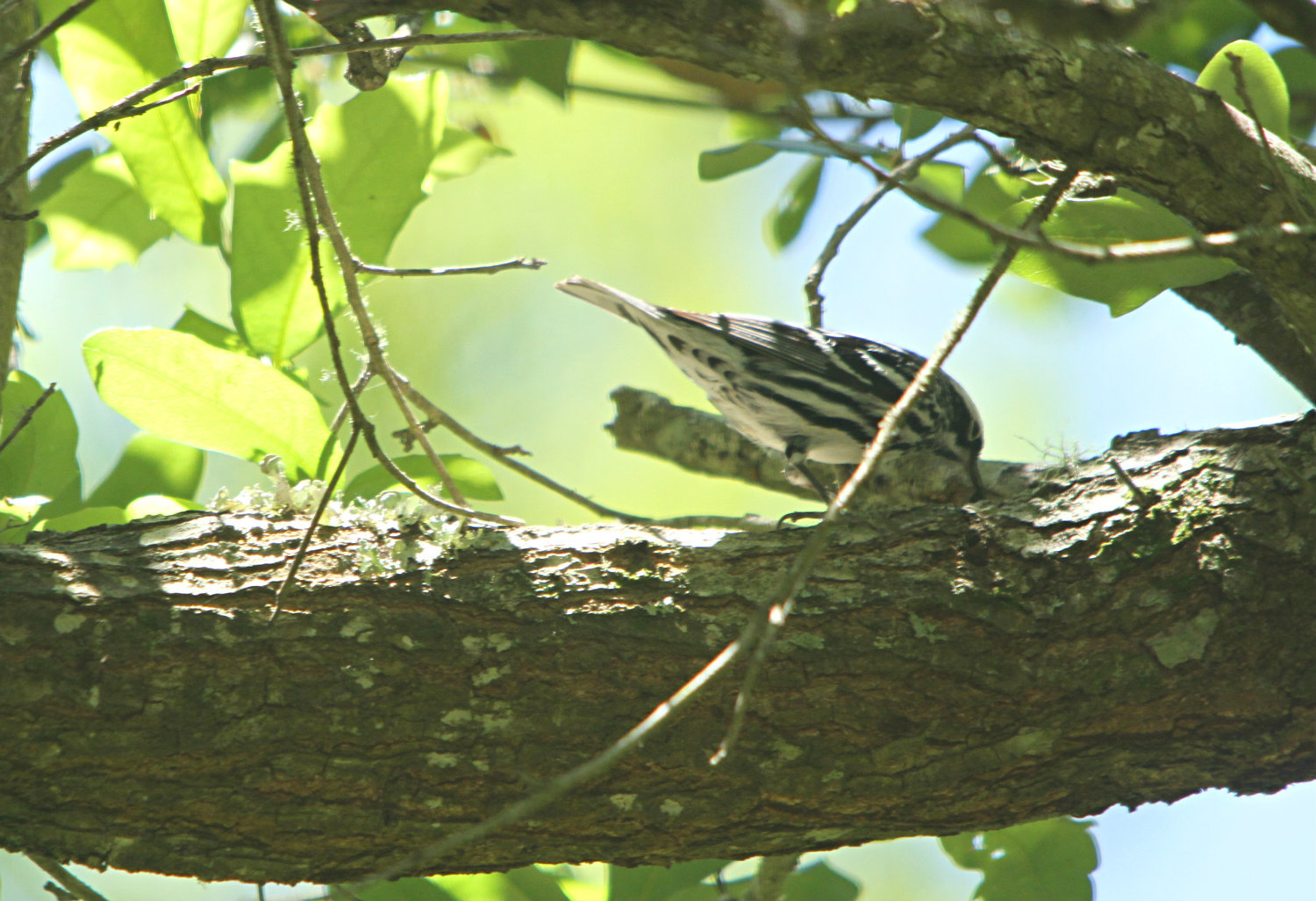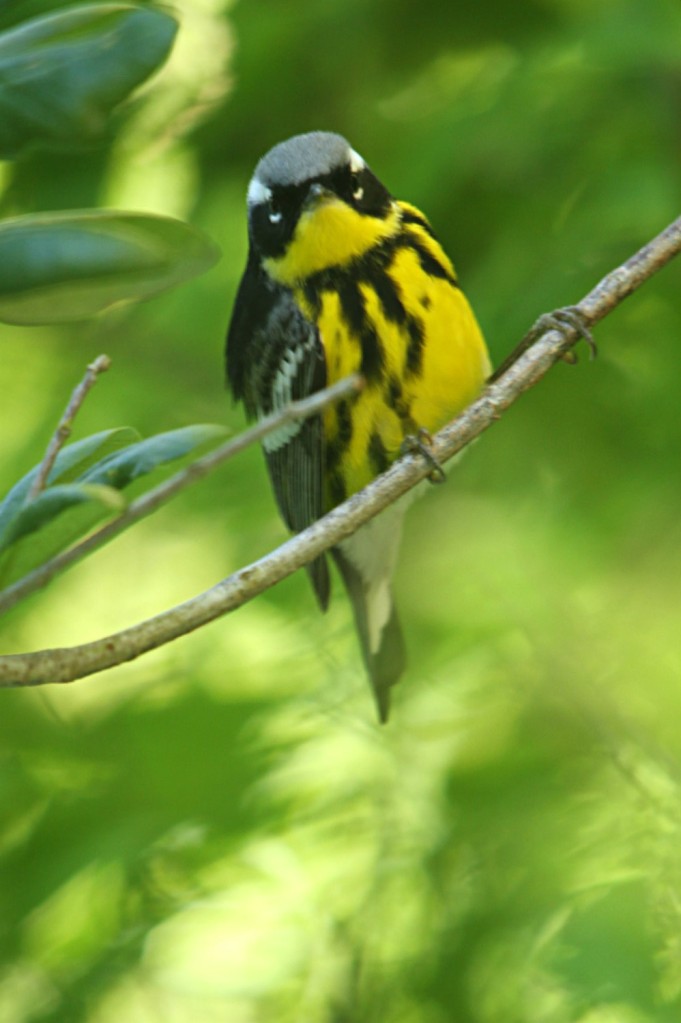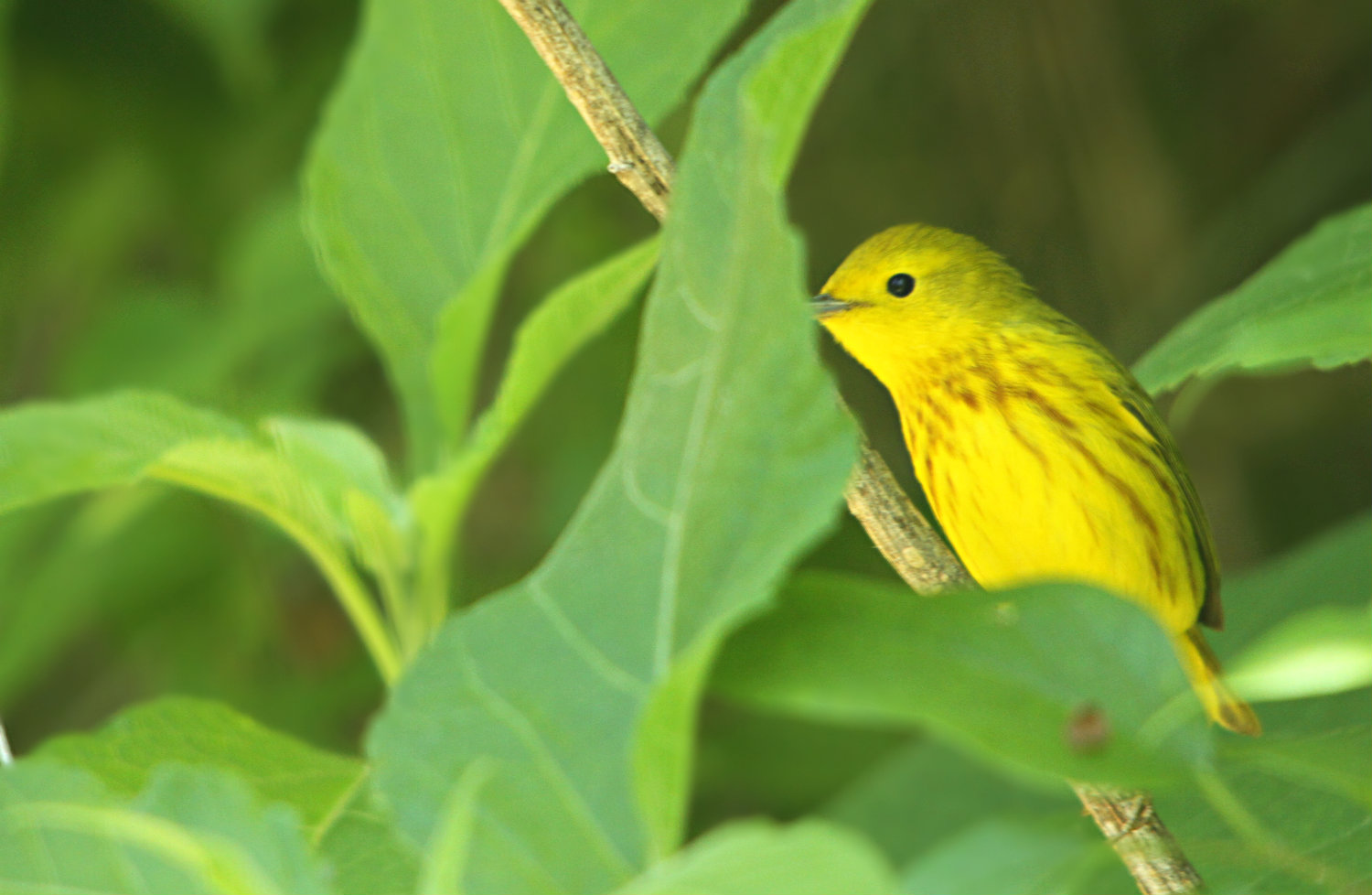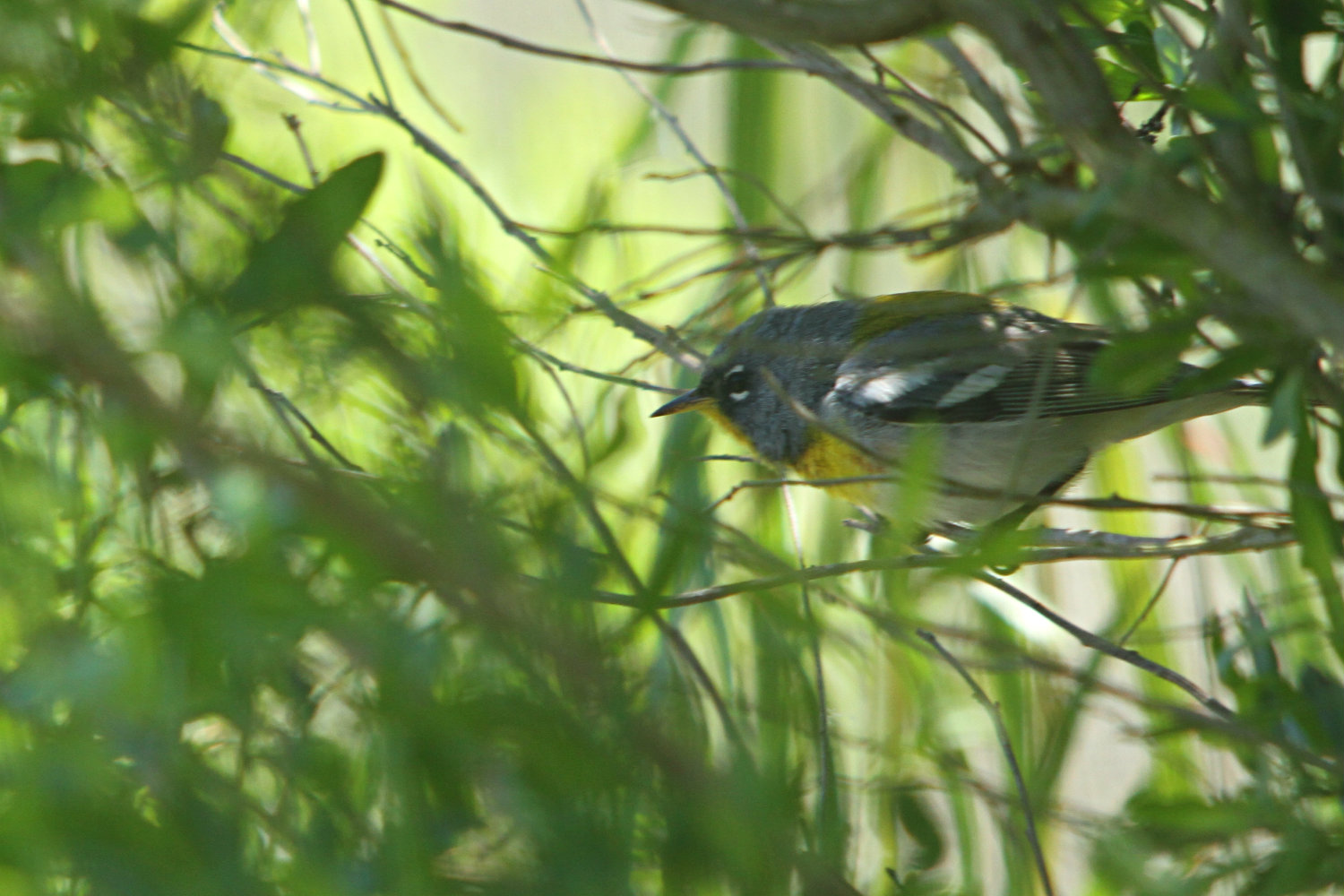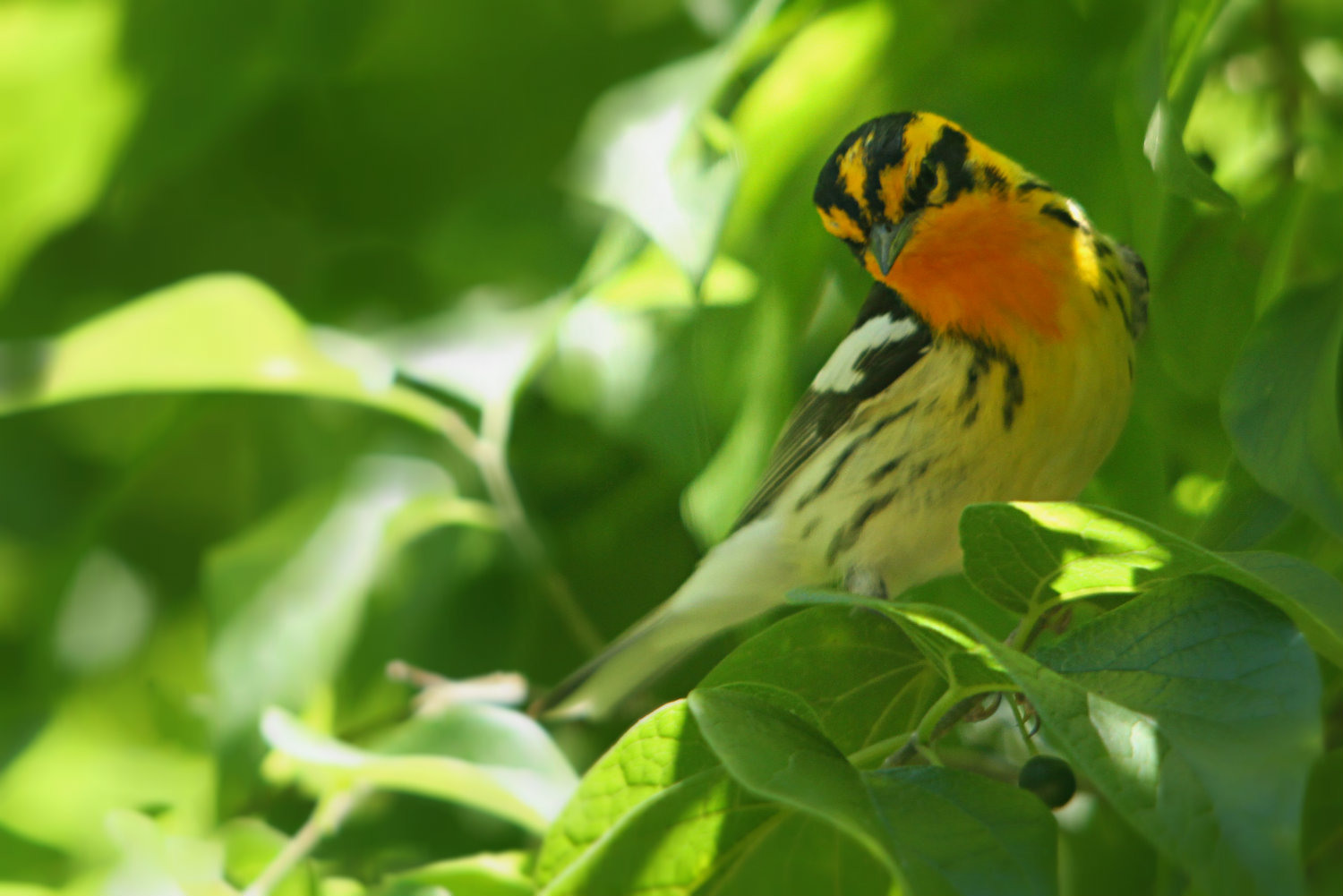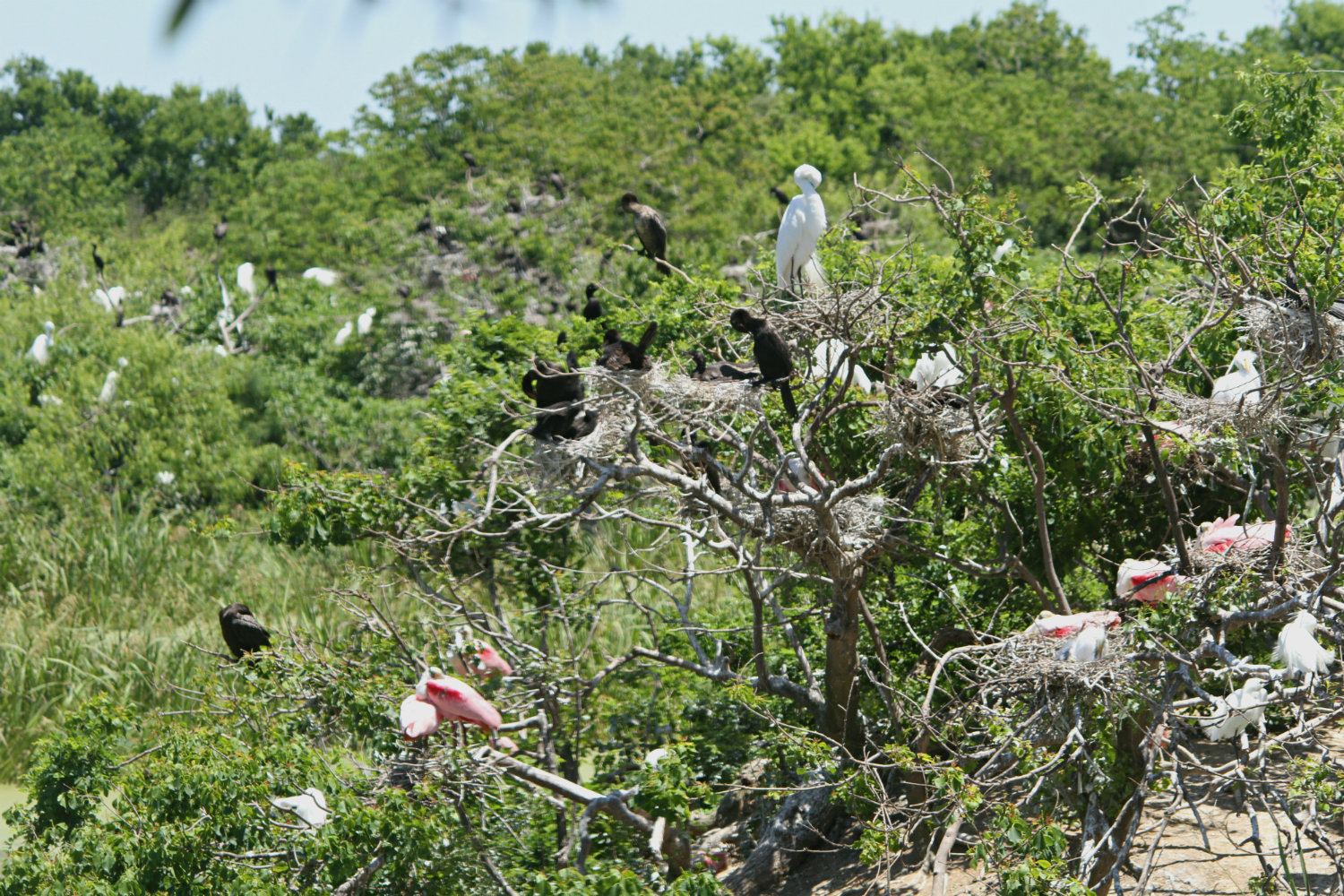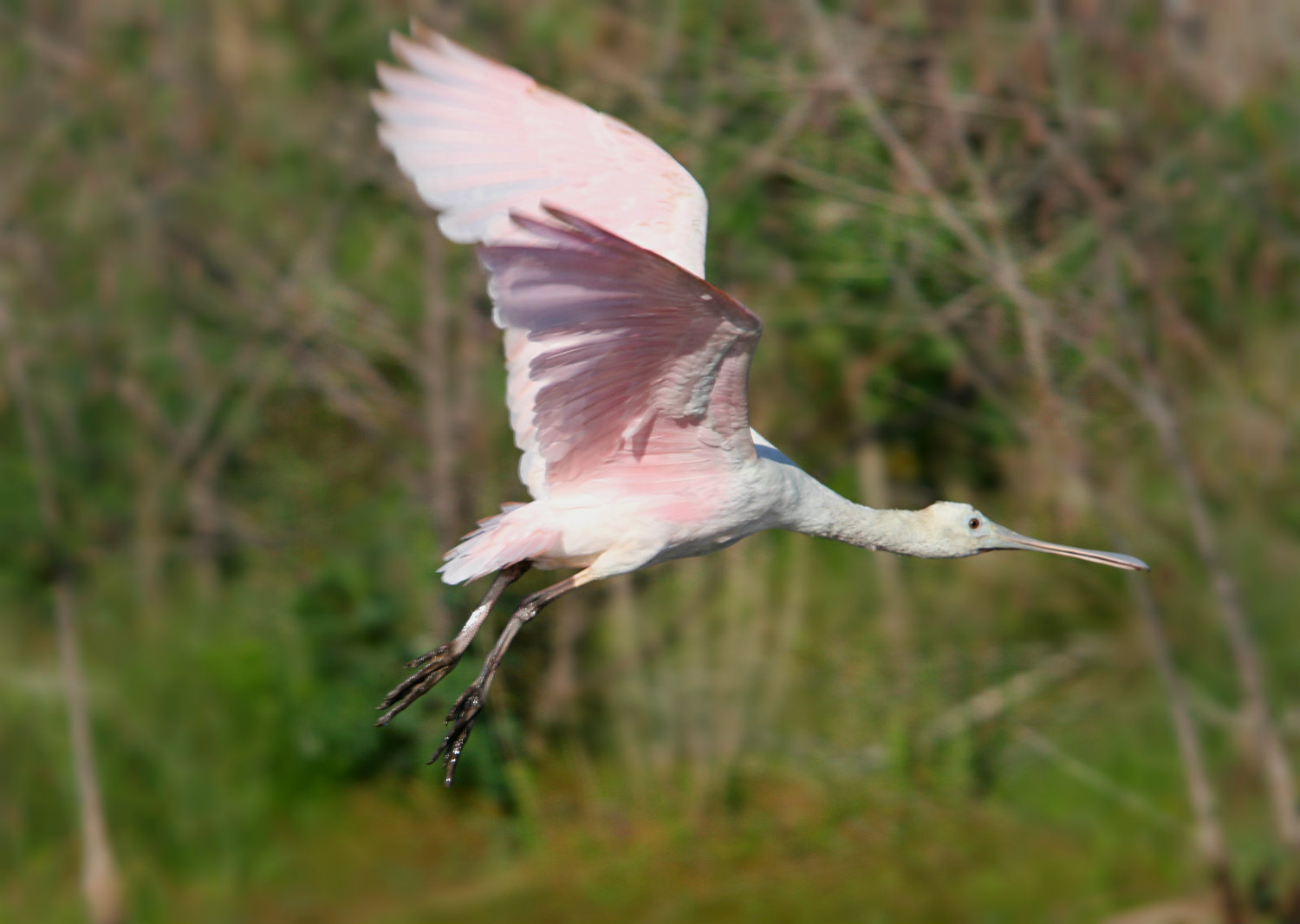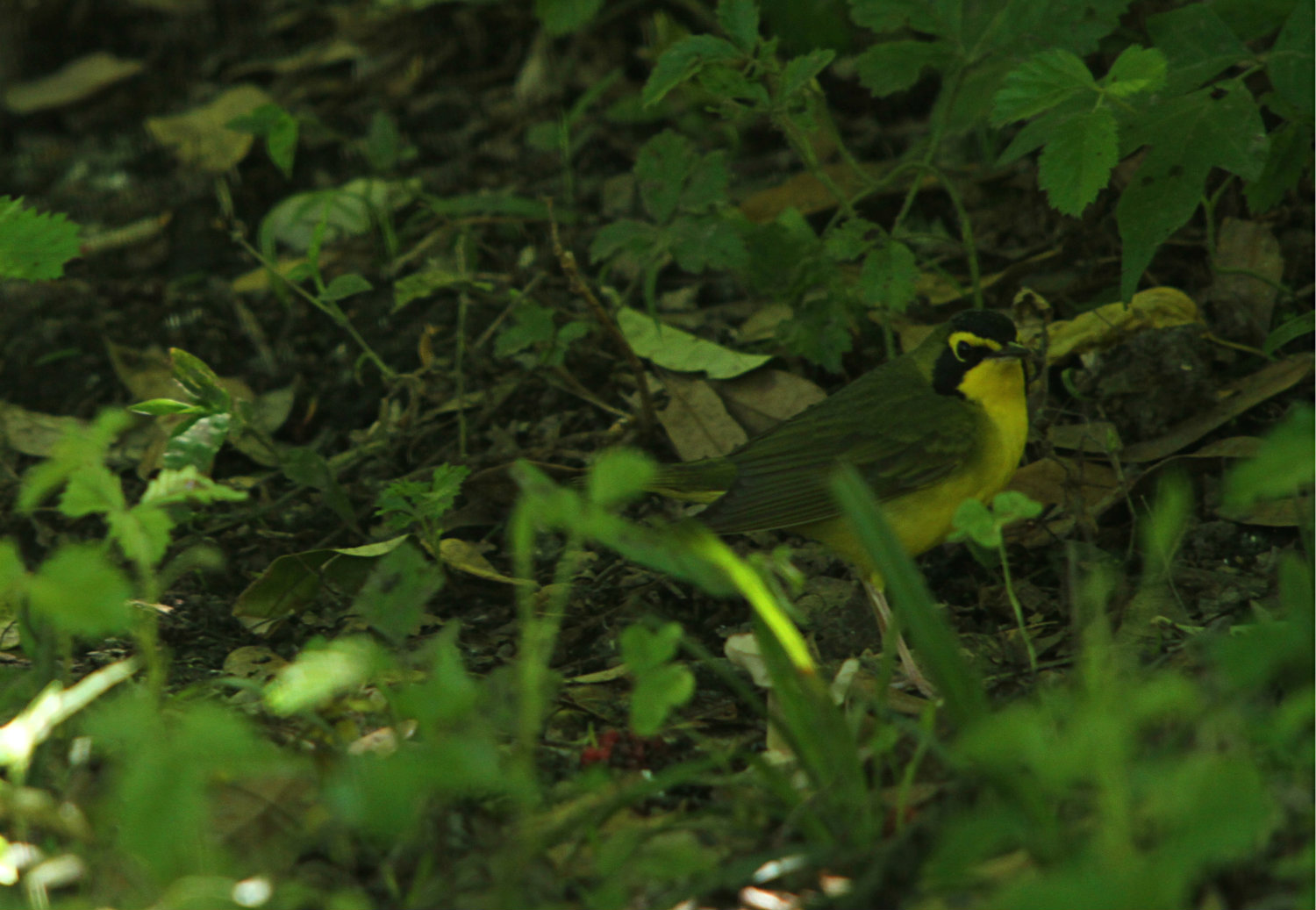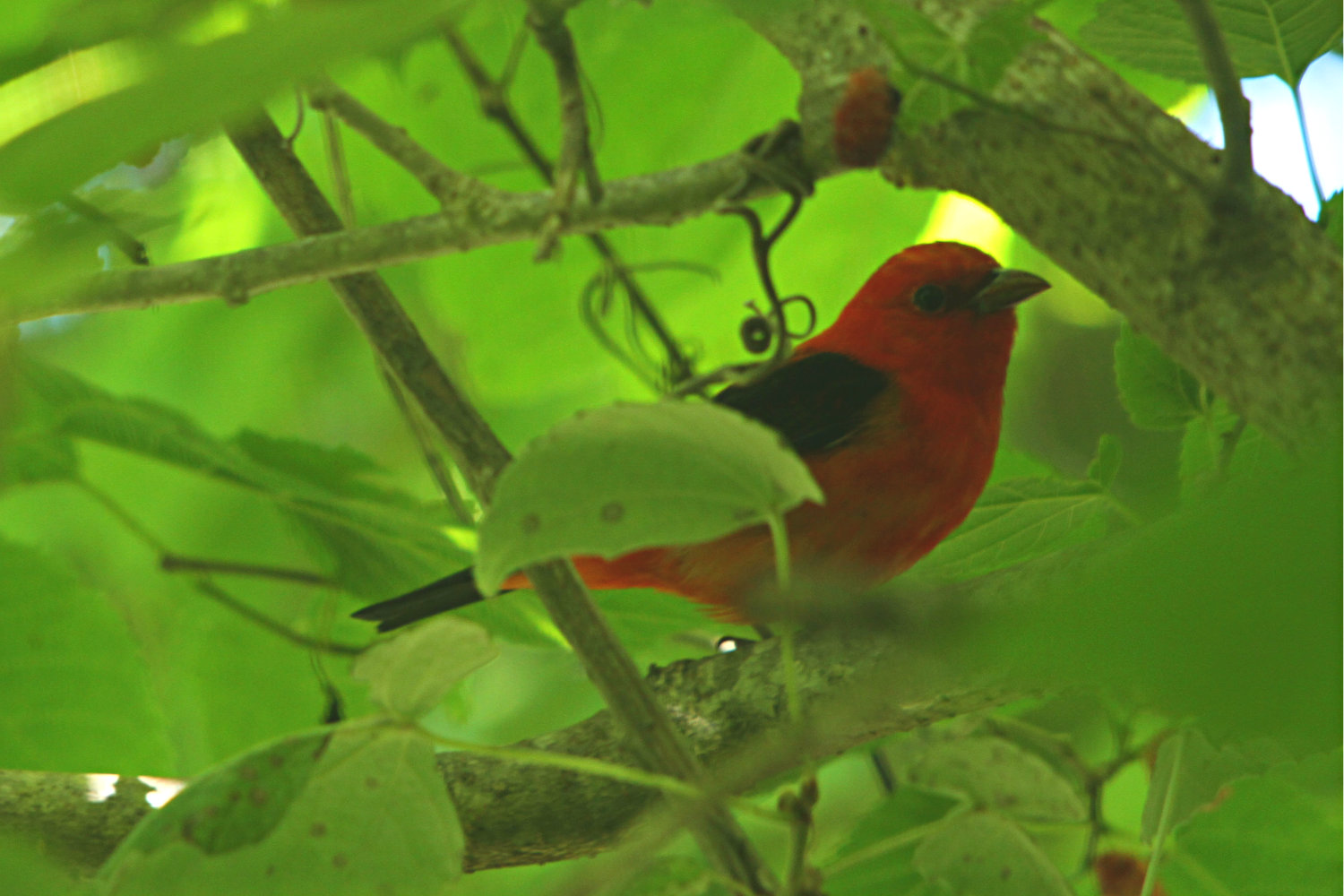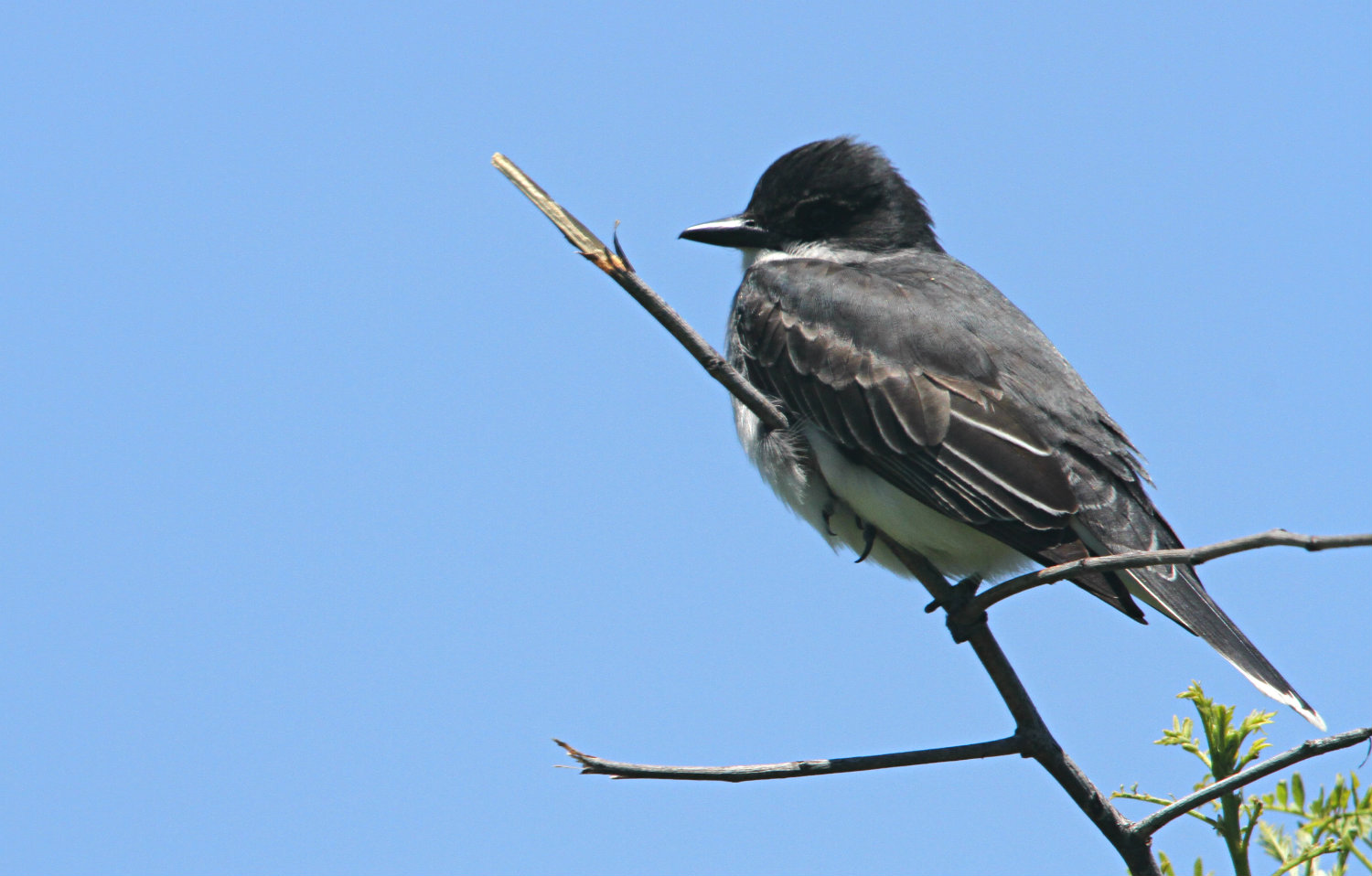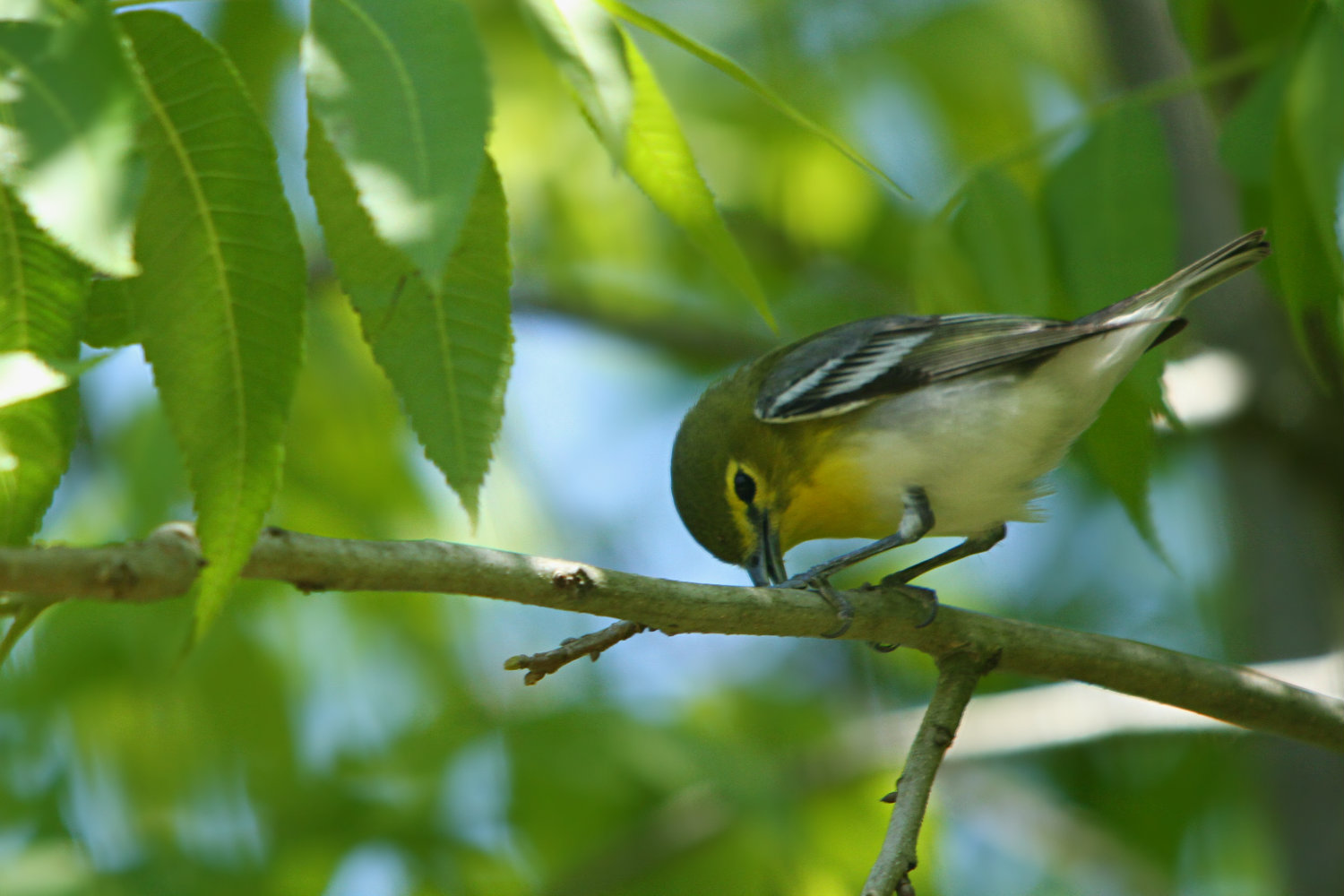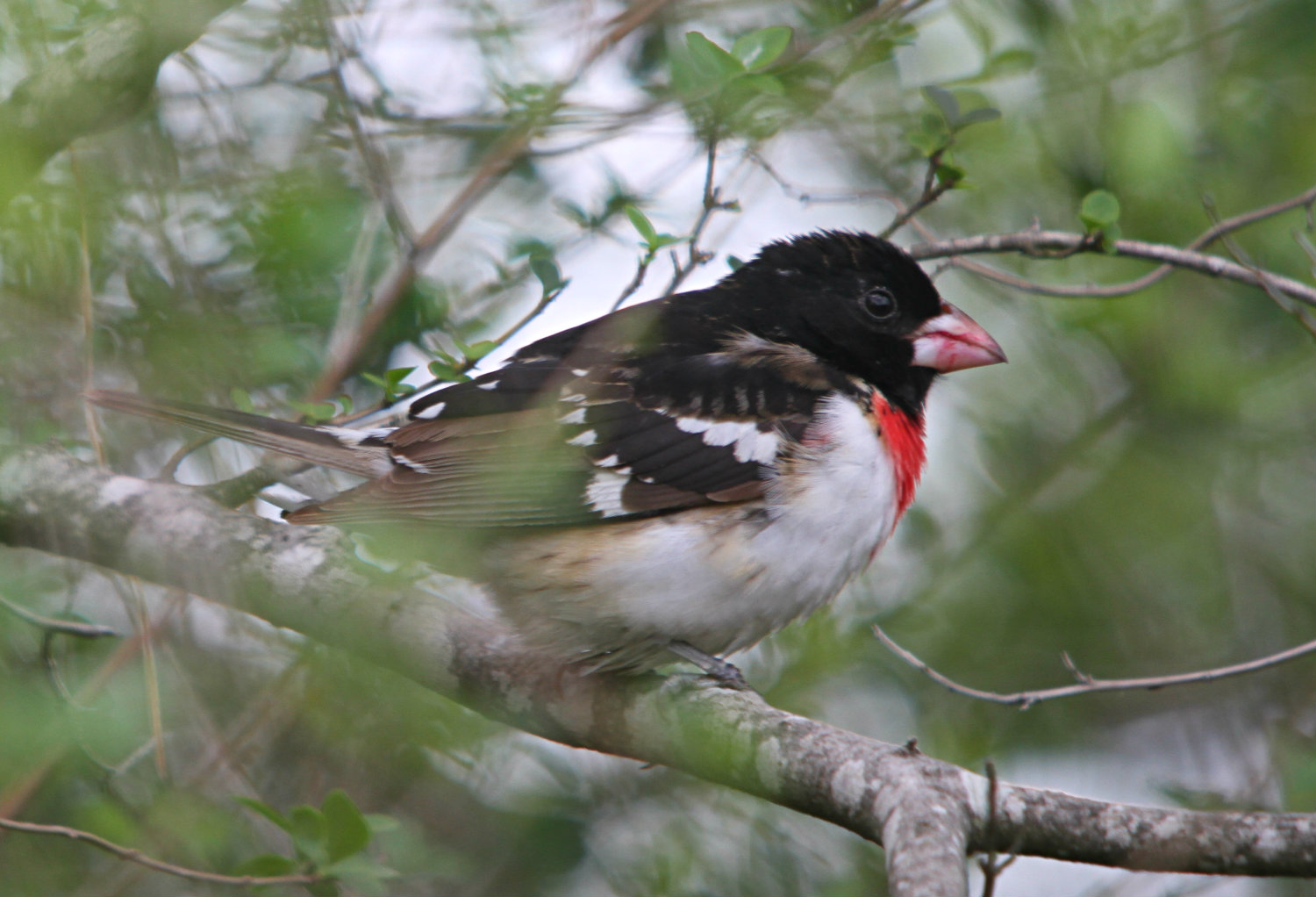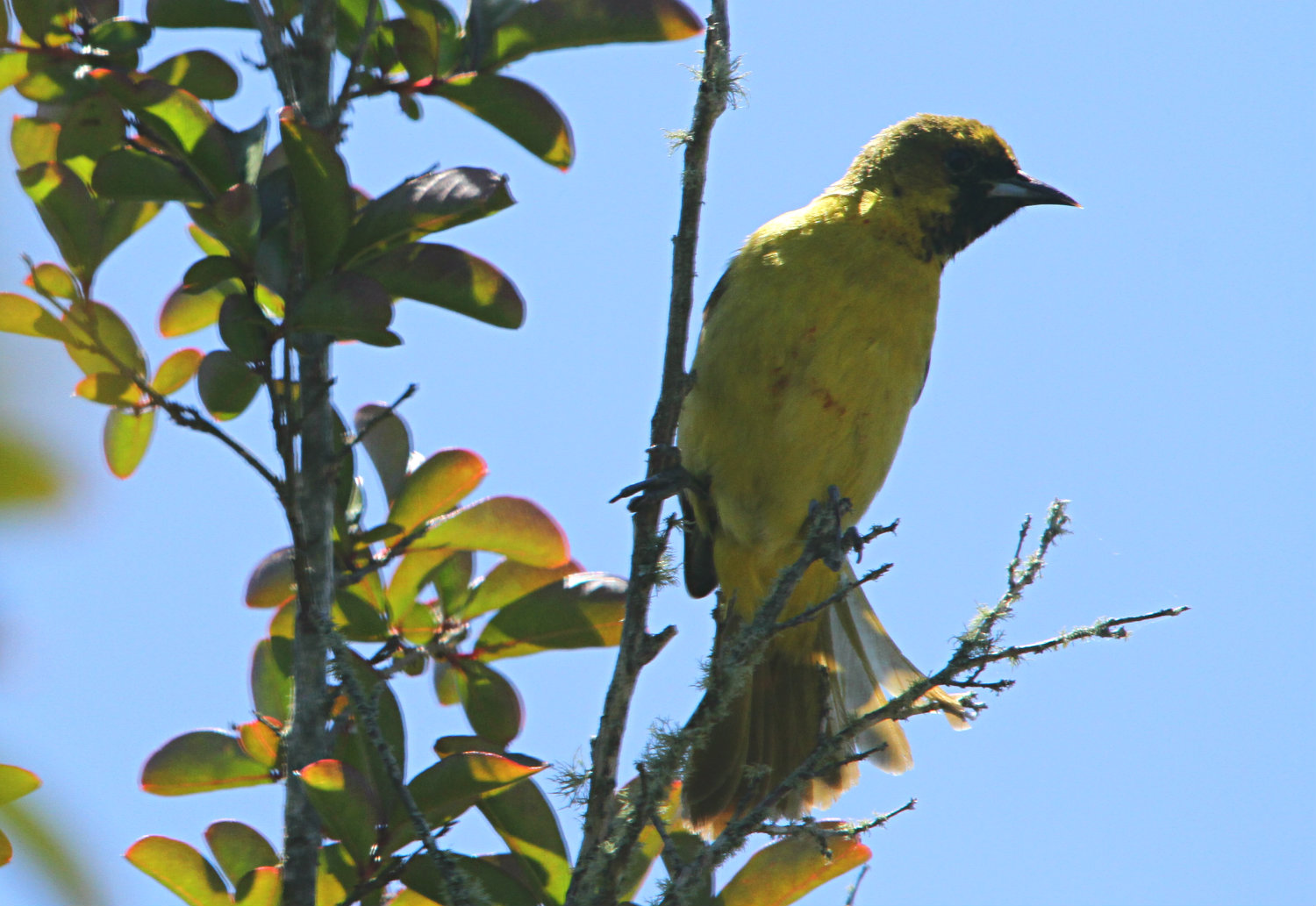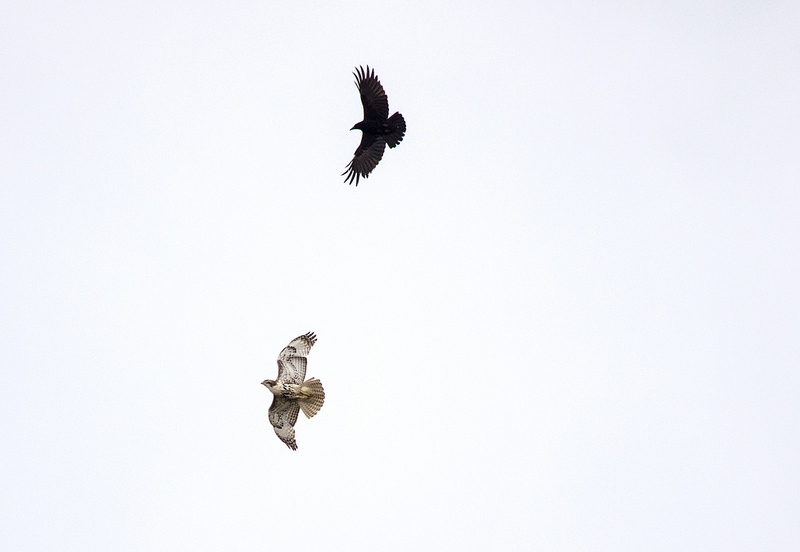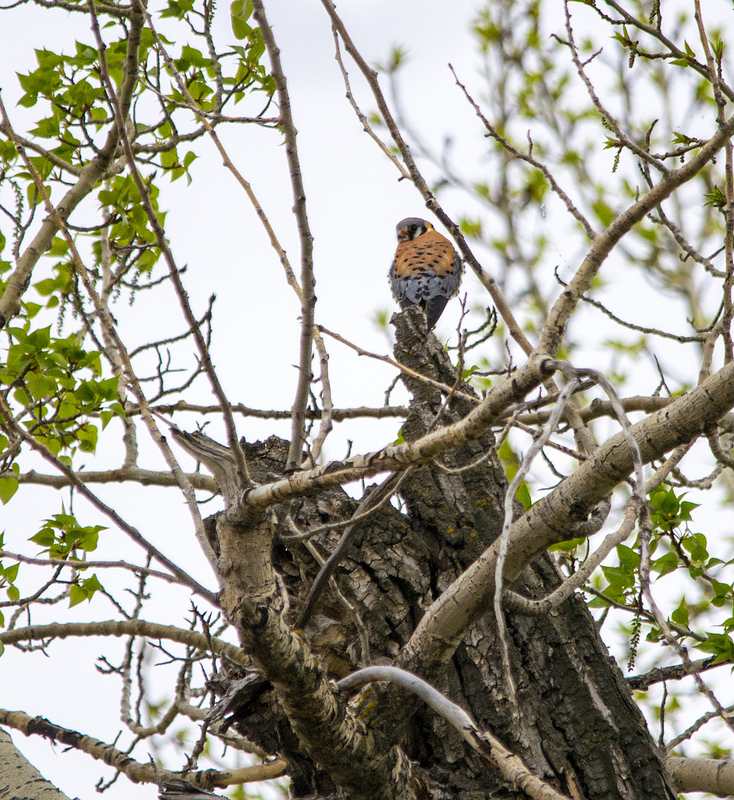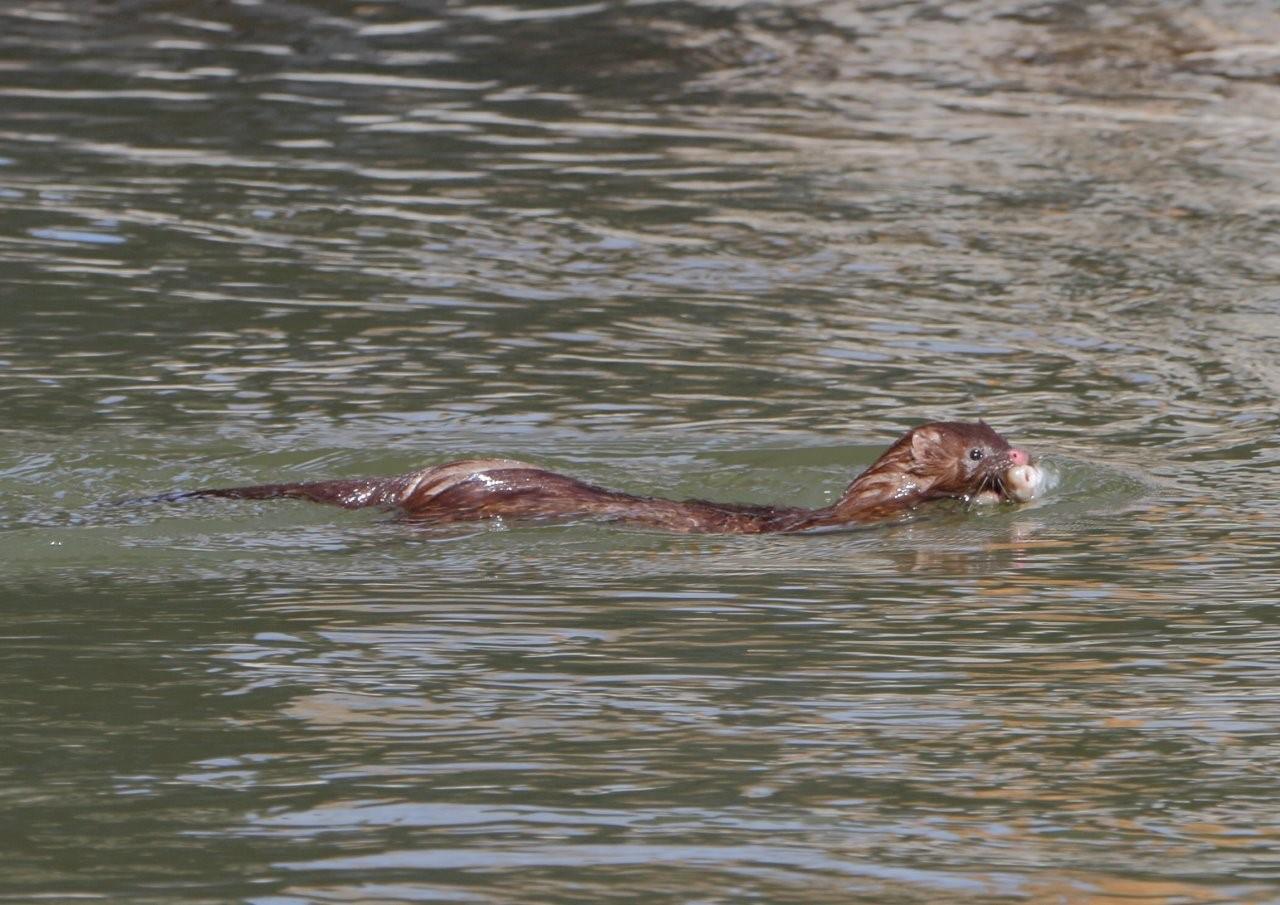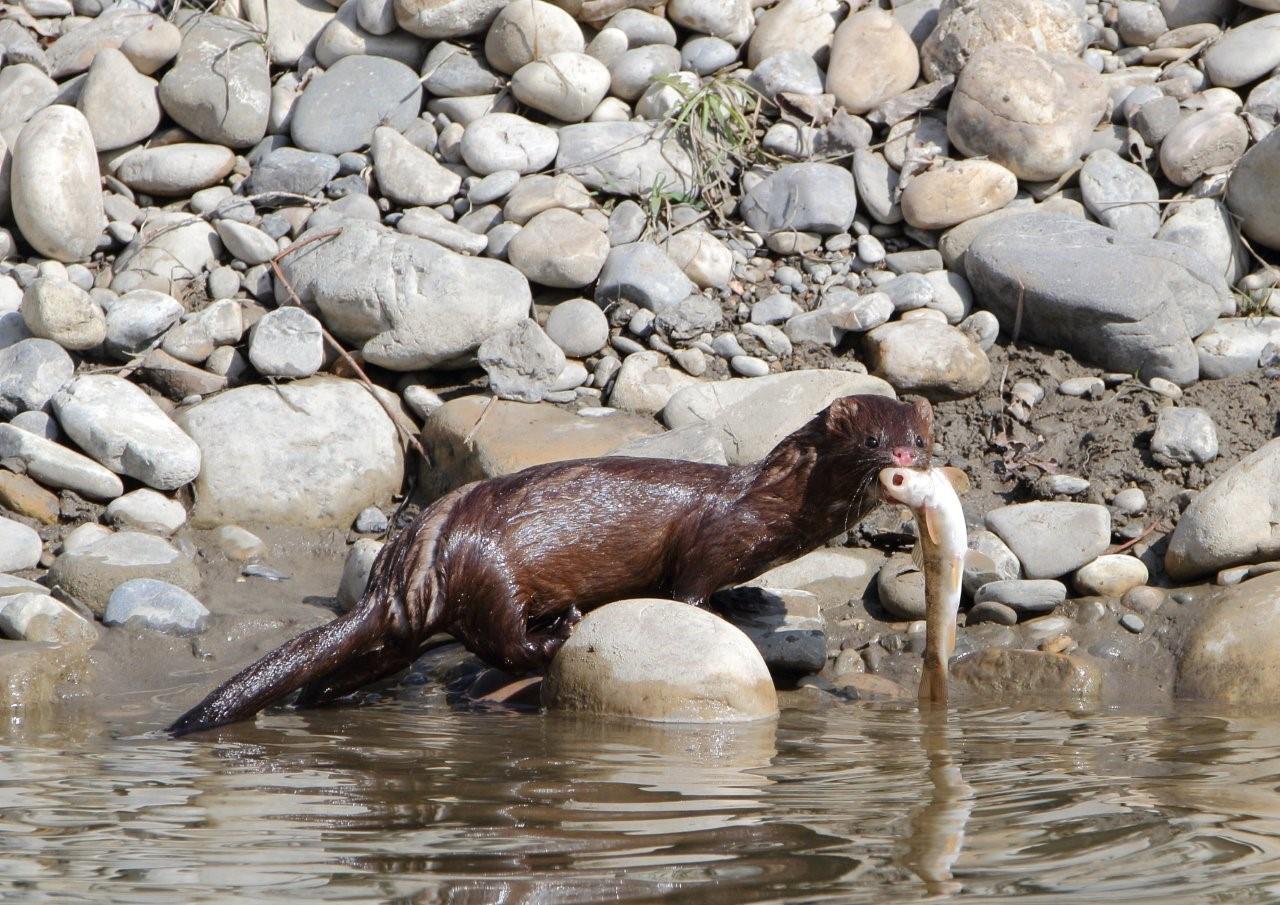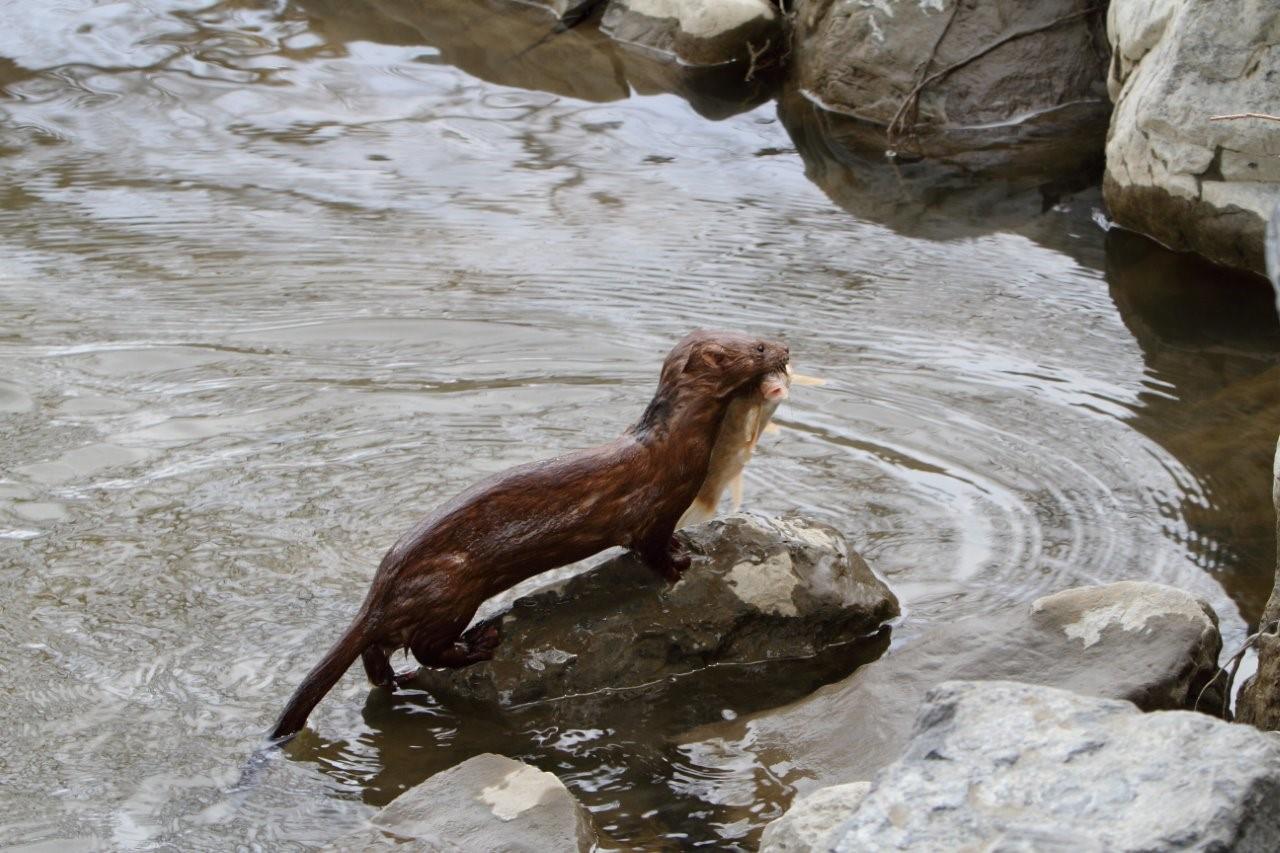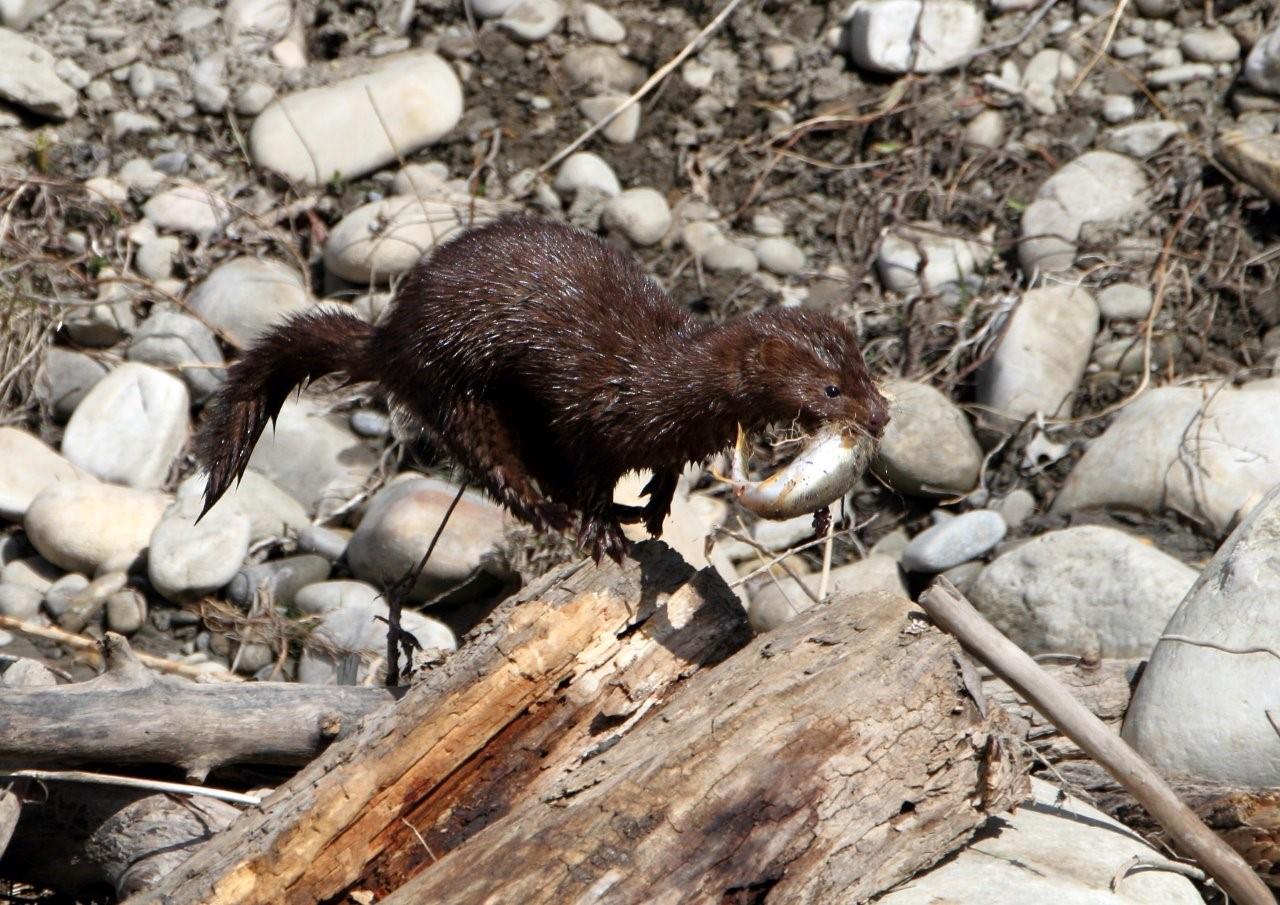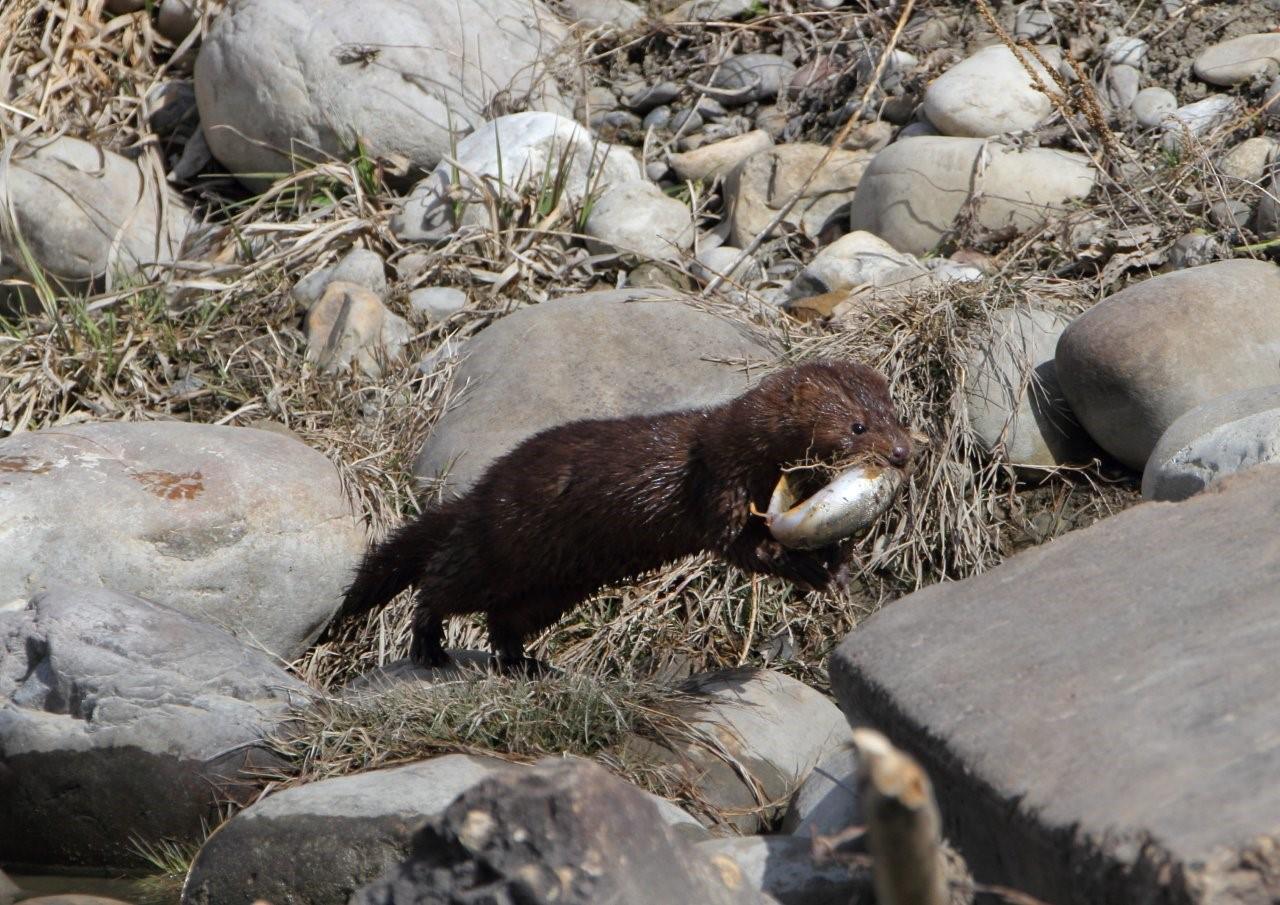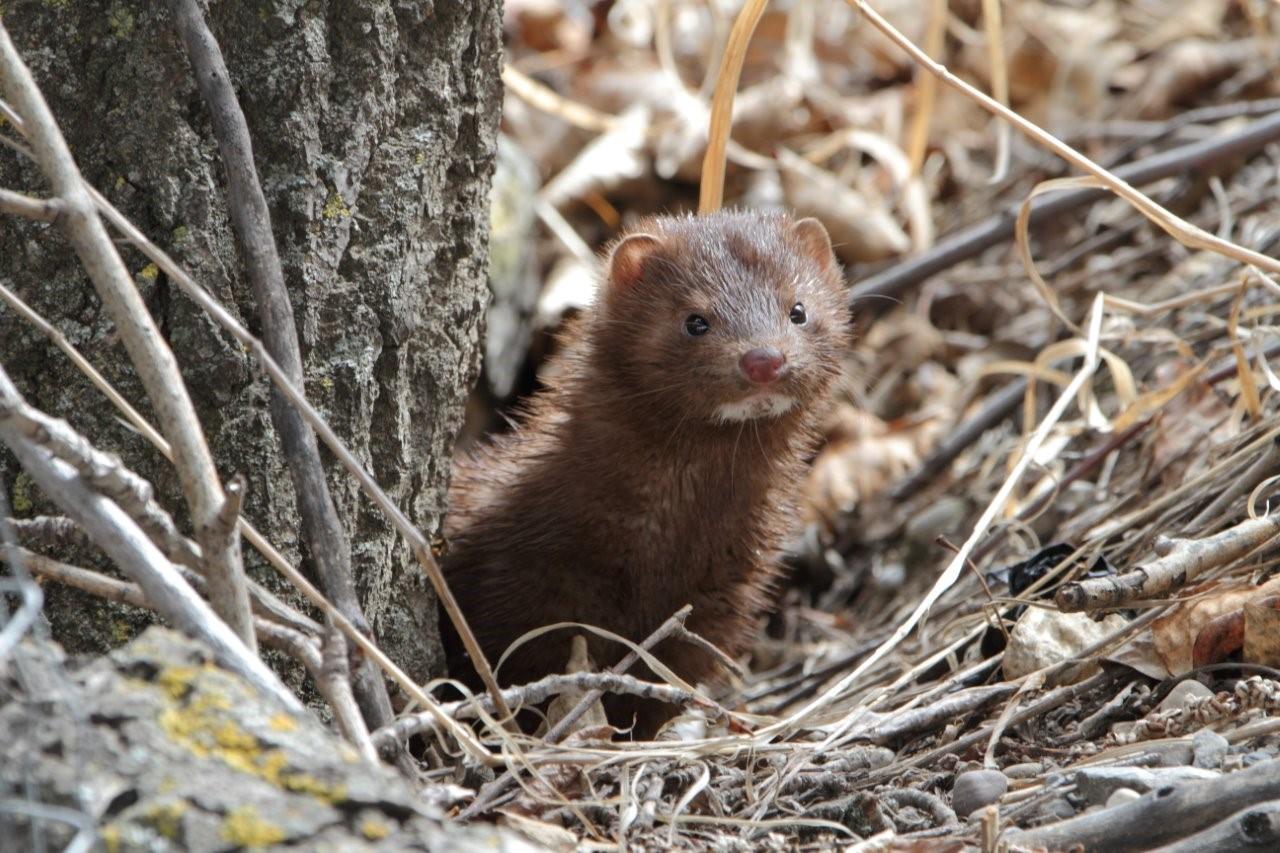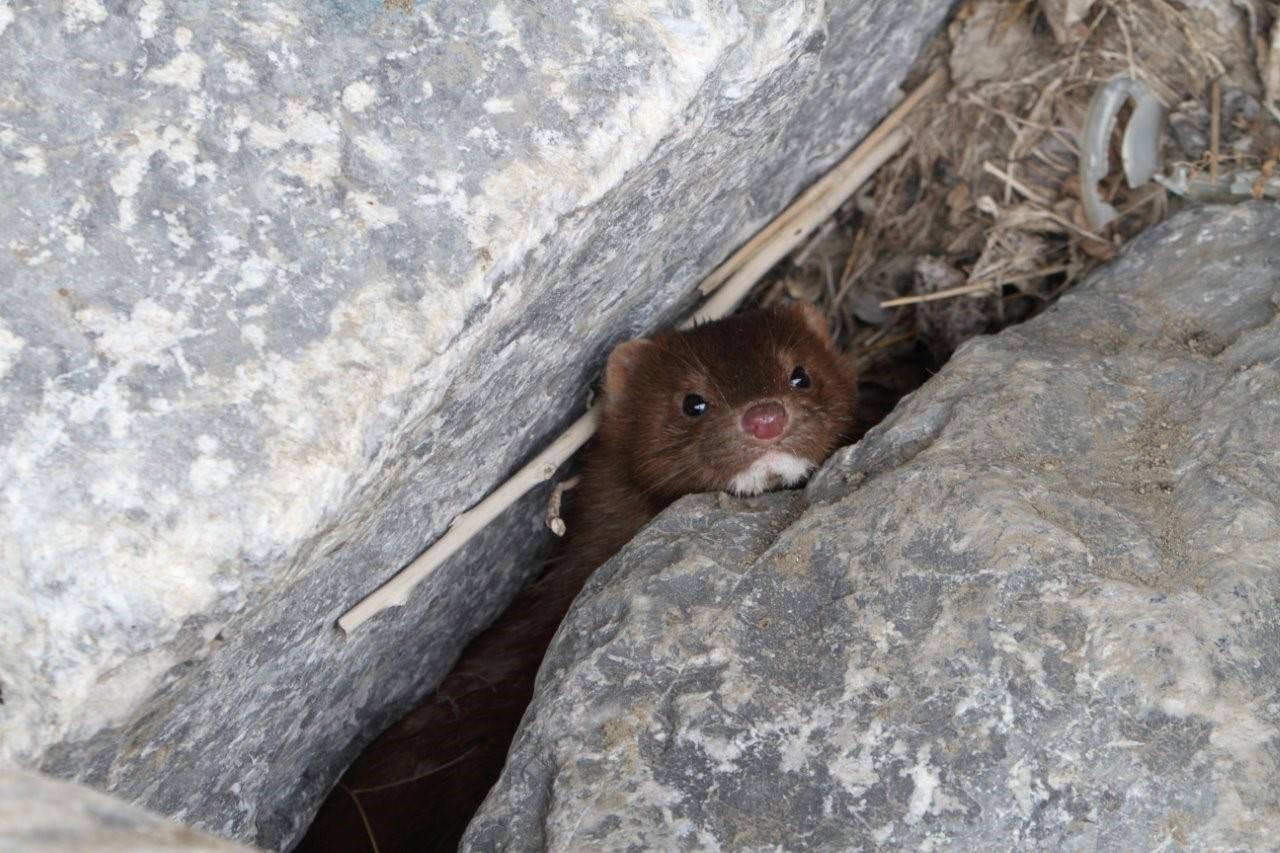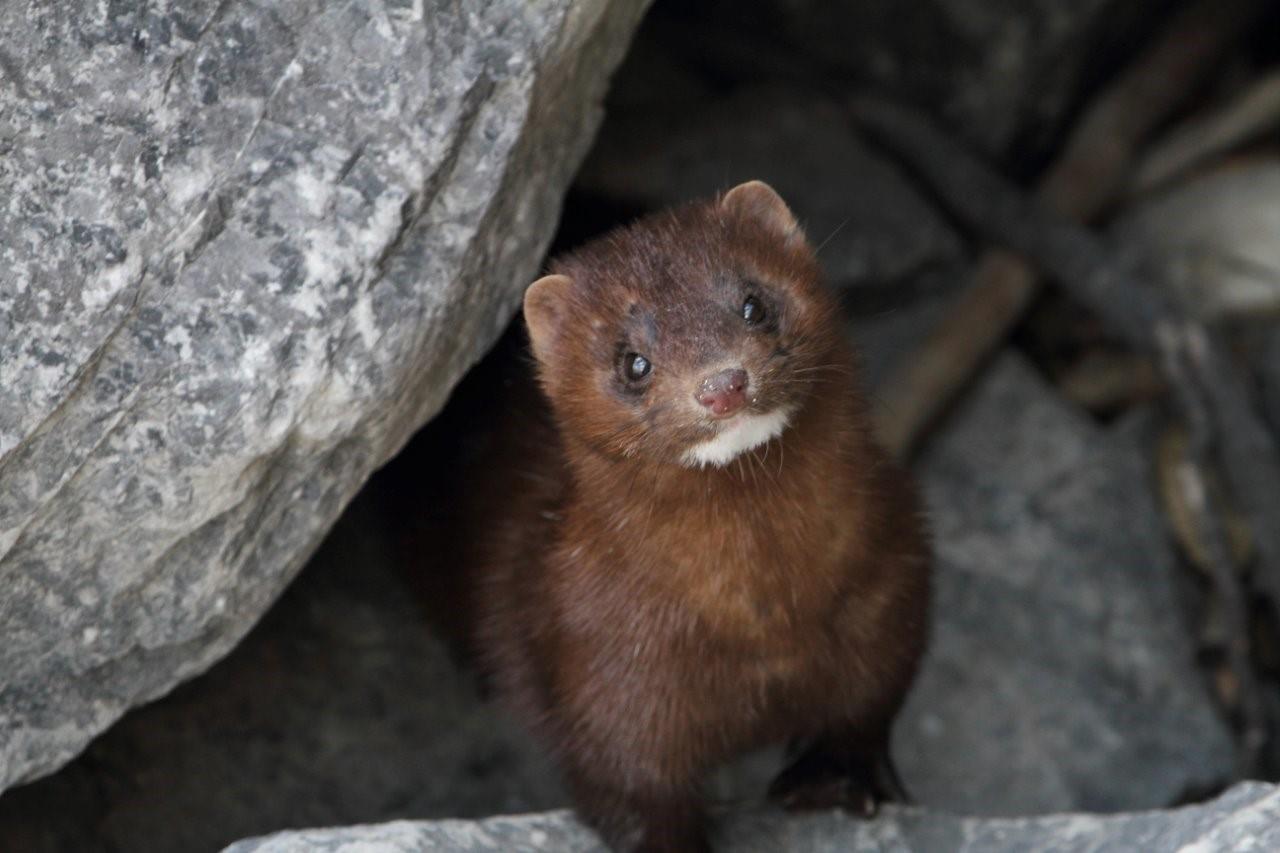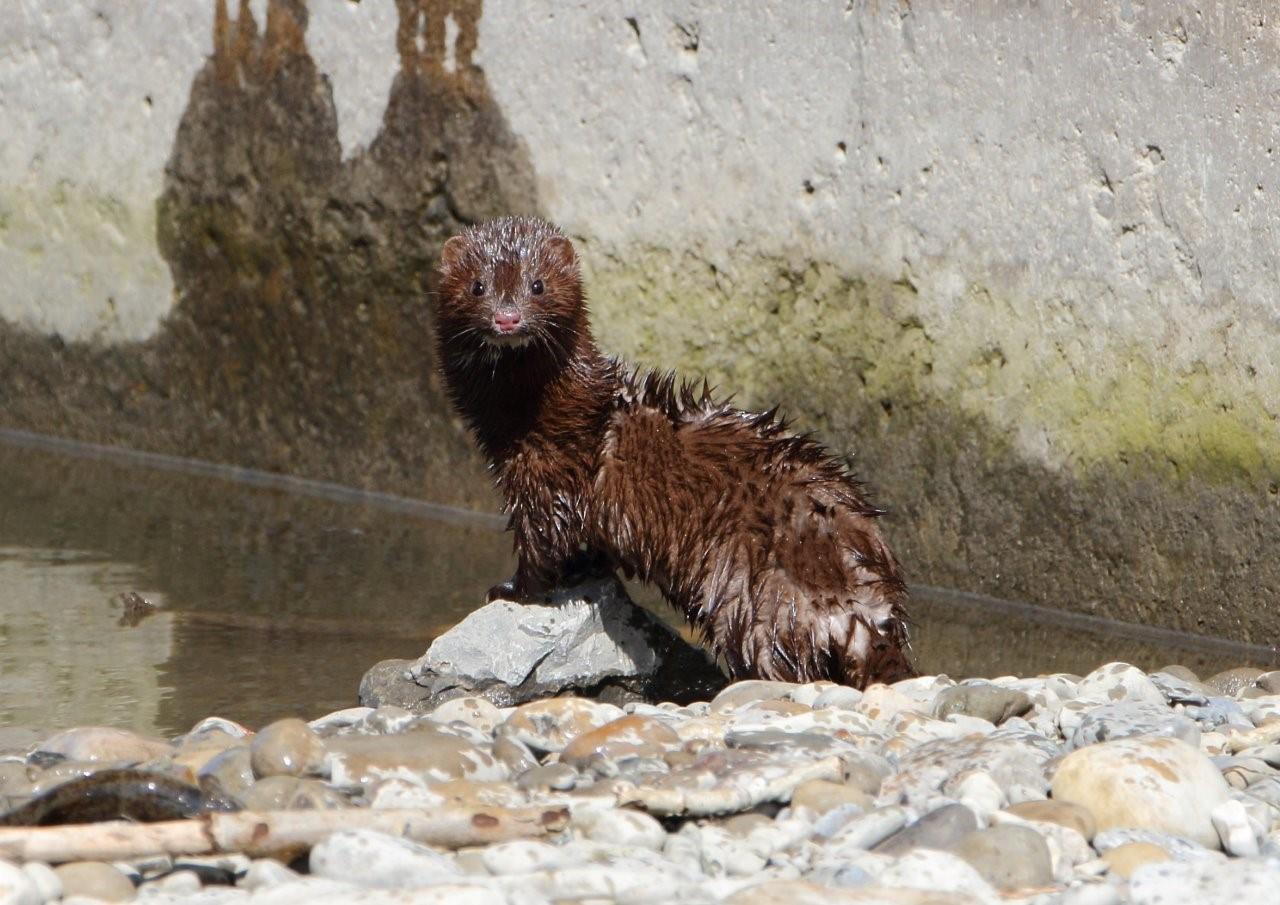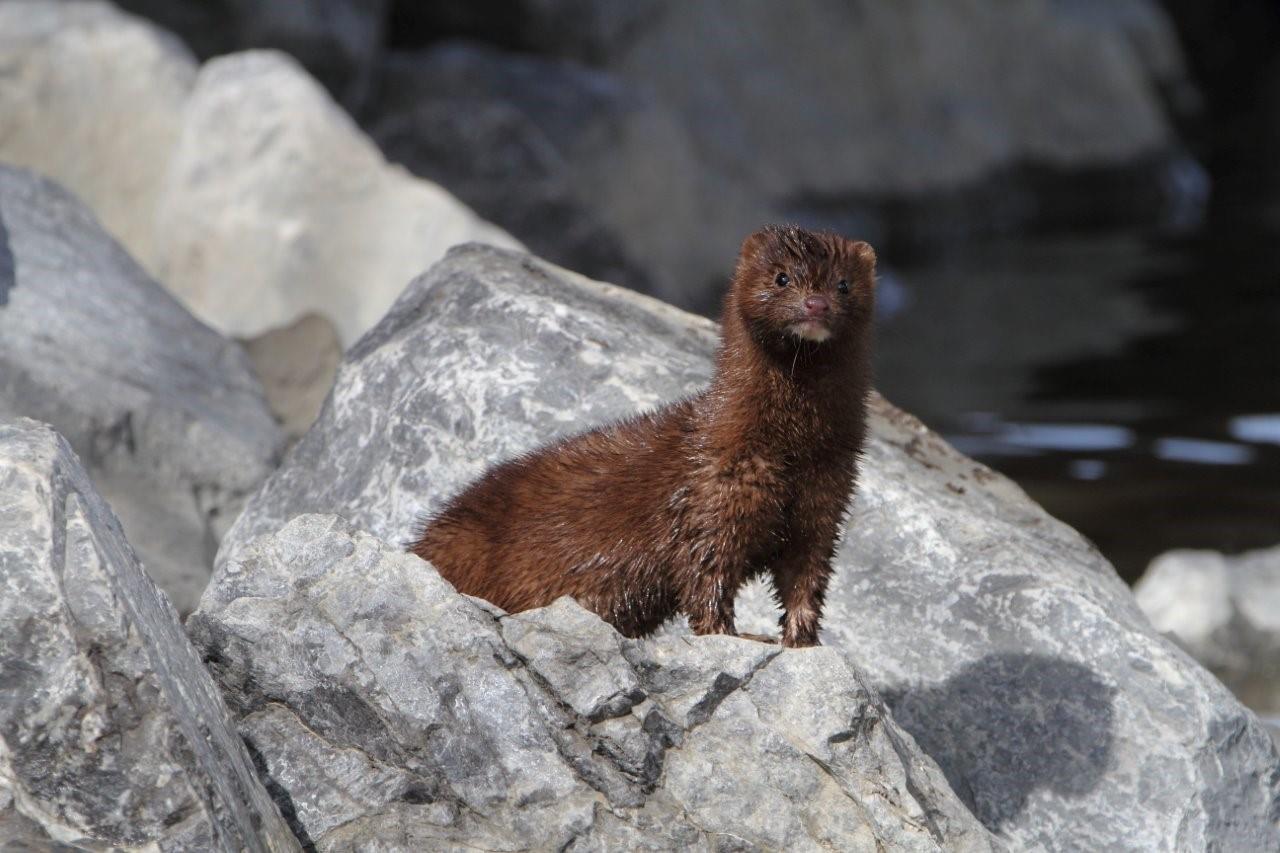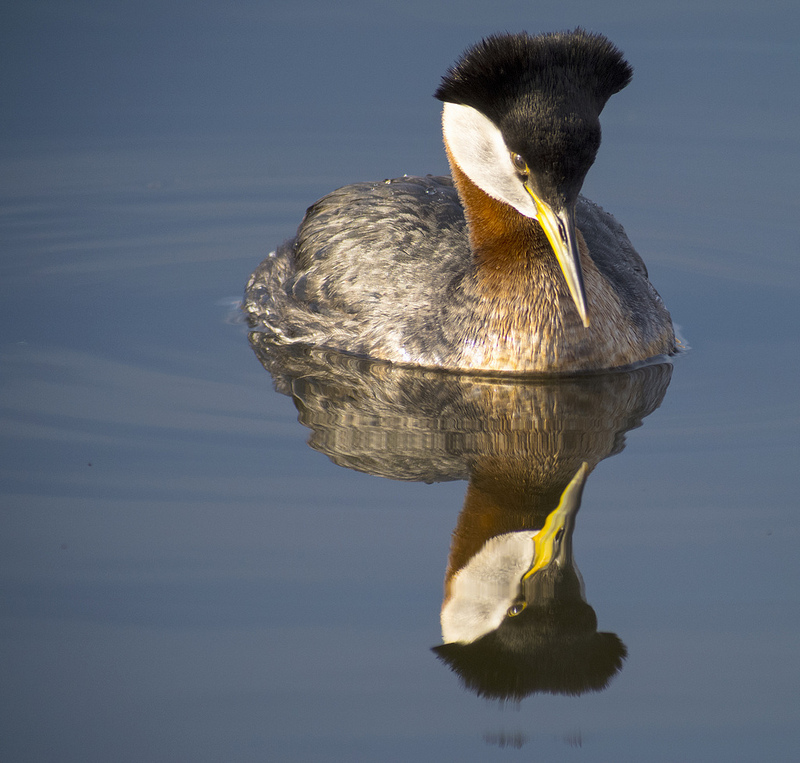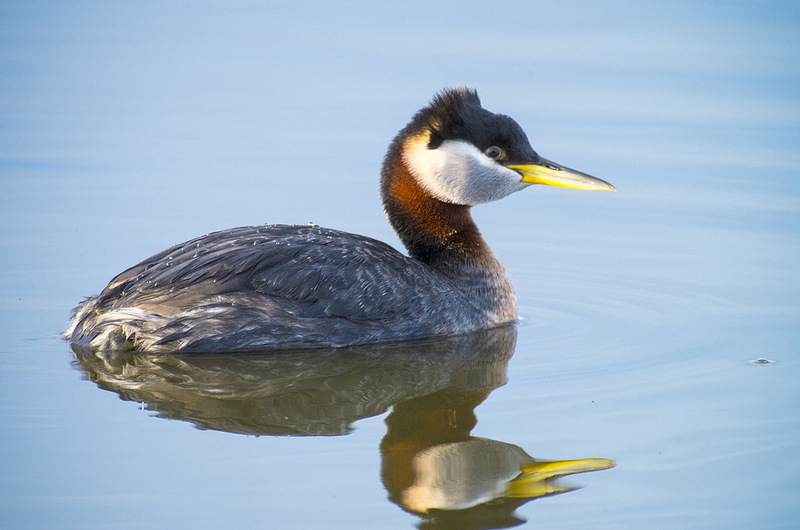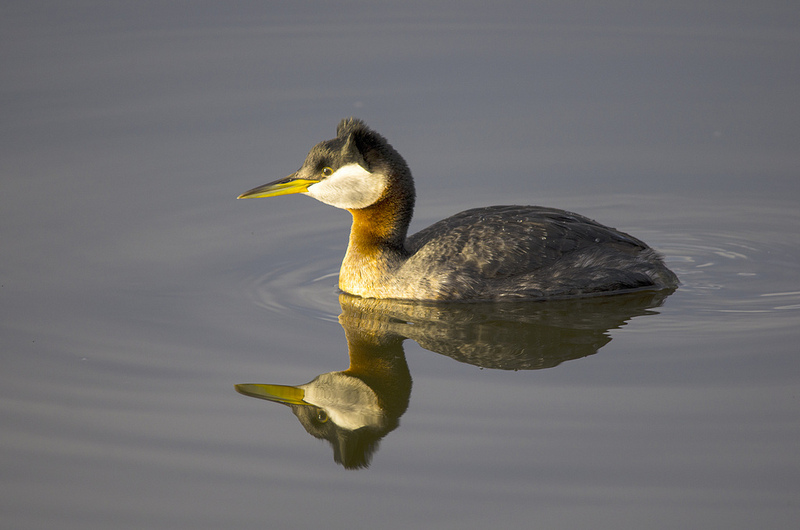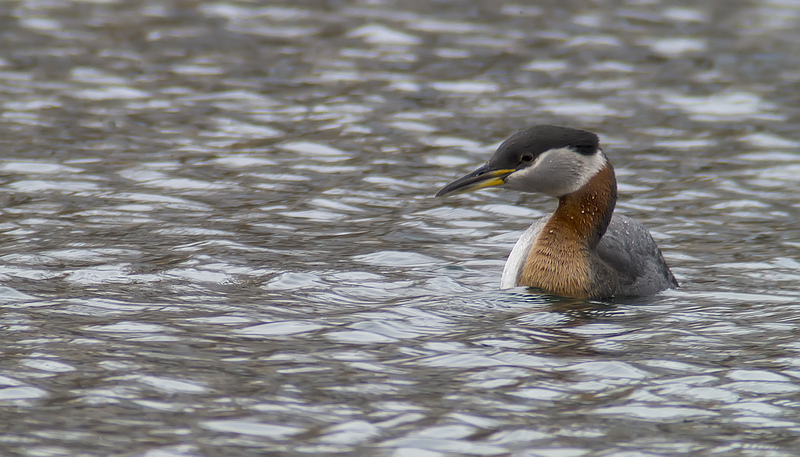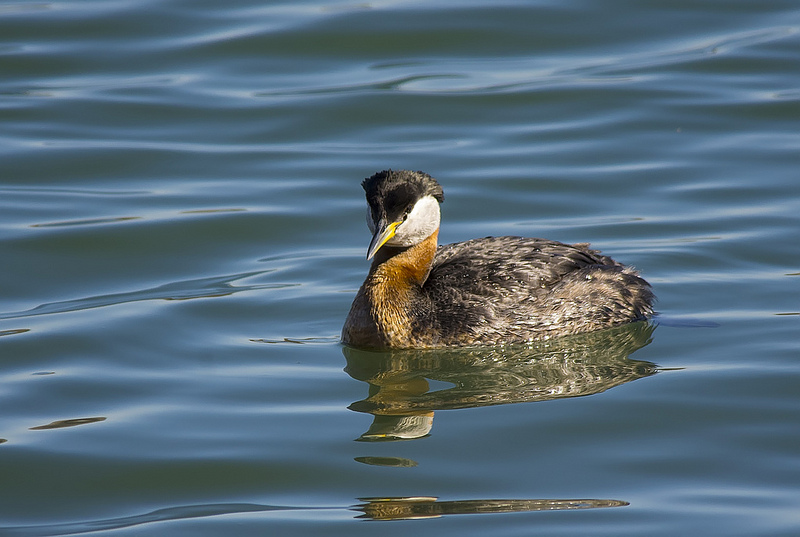Posted by Dan Arndt
One of the longest walks with the Friends of Fish Creek birding courses is the Sikome Lake to Lafarge Meadows trip. With a variety of ponds, wooded areas, river access, and open fields, the number of different biological niches that are filled along the route make it hard for me to skip or overlook any one area over another. This is one of the reasons that when I found out it was available for the May Species Count weekend last year, I jumped at the opportunity. Sure it’s a whole lot of walking, and there are some other areas that can be covered by driving, or still others that are smaller and can be completed in a couple of hours, but this week’s walk with the Friends of Fish Creek on Sunday was a great scouting trip, and was absolutely worthwhile.
Right off the bat there was activity. While we waited for the main gate to be opened for us, we heard our first House Wren and Clay-colored Sparrows for the year, along with at least three Ring-necked Pheasants and many, many Savannah Sparrows. Once we got to the south parking lot though, we the number of new species jumped again. First, a Cooper’s Hawk was waiting for us in the parking lot, a few Black Terns flew overhead, and hundreds of Cliff Swallows swirled about high up in the morning sky.
I had heard that the owlets at Sikome Lake had fledged last week, and when we came upon the two young, we could not have asked for a better scene. We were treated as well to our first good views of a Violet-Green Swallow, standing out distinctly from the many Tree Swallows who had taken up nests in the wooded grove.
When we finally tore ourselves away from the amazingly adorable owlets, we headed to the first set of ponds and were treated to even more new sights. First, an adult Killdeer performing its broken-wing display, leading us away from a very well hidden nest that no amount of searching would have found. Over the pond, a trio of Forster’s Terns called back and forth, one pair even displaying and finally mating. A female Belted Kingfisher looked on with disdain, hoping they wouldn’t scare off all the fish. As we headed back south, a few Spotted Sandpipers were courting as well, and while this pair wasn’t quite as much interested in exhibitionism, a few we found later on in the day didn’t seem to mind our intrusion one bit.
On the south side of the bridge were more delights. Our first Yellow Warblers were calling from the woods repeatedly, until their calls became the dominant noises surrounding us, but the distinct call of a low flying Swainson’s Hawk was definitely impossible to miss!
Our trip to the far south end didn’t turn up any new species, but did turn up better looks at some old ones, including Yellow-headed Blackbirds, Cinnamon Teal, and Red-necked Grebes, with no less than six pairs nesting on the pond this year. We headed back, deciding to call it a day after four hours of walking and birding, but even still we added two more clear sightings. First, this Clay-colored Sparrow singing on the fence on the south side of the bridge, and the clarion call of a Baltimore Oriole on the north side, just as we called it quits.
It was a great day to be birdwatching, despite the gray skies!
Next week we’re off to the Weaselhead for the May Species Count. This promises to be an amazing morning. See you then!











